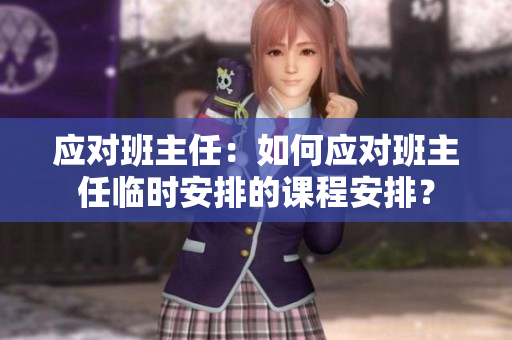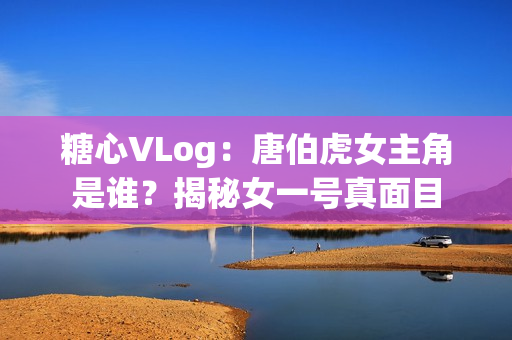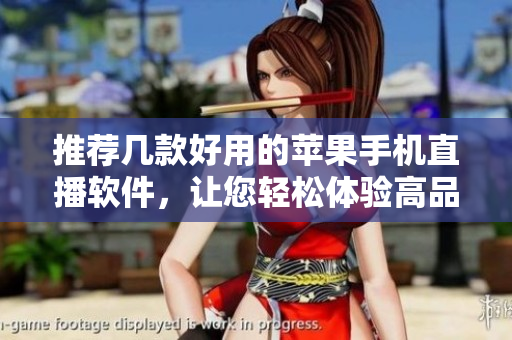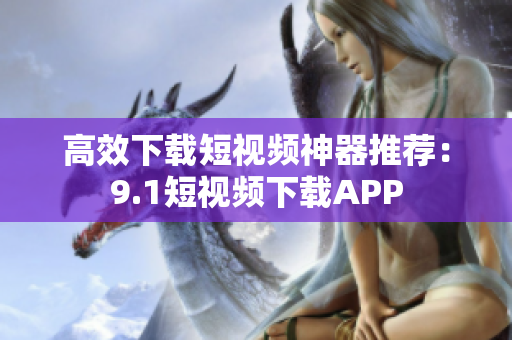Introduction: Western Humanities and Art
Western humanities and art have had a significant impact on global culture. From the ancient Greek philosophy and literature to the Renaissance art and literature, Western culture has been a symbol of excellence, imagination, and creative expression. Some of the most iconic works of Western art and literature include Mona Lisa by Leonardo da Vinci, Romeo and Juliet by William Shakespeare, and The Last Supper by Michelangelo. These masterpieces continue to inspire and awe people from different cultures and backgrounds.
The Emergence of 5G Technology on Mainland China
With the advent of 5G technology on mainland China, the country has leapfrogged into the future of mobile communication and the internet. 5G technology offers unparalleled speed, bandwidth, and connectivity, which has the potential to transform various industries, including healthcare, education, and entertainment. The government's push to adopt 5G technology has been met with both enthusiasm and skepticism, given the concerns about privacy, security, and potential health hazards associated with 5G radiation. However, despite these challenges, mainland China remains committed to implementing 5G technology in a sustainable and responsible way.
Dealing with a C1 Class in Humanities and Arts
Teaching a C1 class in humanities and arts can be a challenging but rewarding experience for both the students and the teacher. As a teacher, one needs to consider the diverse interests, backgrounds, and learning styles of the students. This requires a multifaceted approach that combines lectures, group discussions, research projects, and field trips. The use of modern technology, such as virtual reality, AI, and gamification, can also enhance the learning experience and engage the students in a more interactive and creative way. Overall, teaching a C1 class in humanities and arts demands patience, creativity, and an open mind.
The Emotional Toll of a Weeping Class Head
It can be distressing to witness a class head in a state of emotional distress, particularly if the reason for their tears is unclear. As a teacher, one needs to approach their situation with empathy, sensitivity, and confidentiality. It is important to listen actively to the student's concerns, without making assumptions or judgments. If the student is in immediate need of medical or psychological assistance, one should seek appropriate help from the school counseling or medical services. Additionally, one can provide emotional support by encouraging the student to express their feelings through writing, art or other forms of creative expression.
The Ethics of In-Game Purchases
In recent years, the gaming industry has seen a rise in in-game purchases, such as loot boxes, skins, and virtual currencies. While these purchases can enhance the gaming experience and provide revenue for game developers, they have also raised ethical concerns about addiction, affordability, and fairness. As a teacher, one can use this issue as a topic for a class debate or discussion, where students can explore different viewpoints and arguments. One can also encourage critical thinking and media literacy, by analyzing the marketing strategies and psychological tactics used by game developers to lure players into making in-game purchases.
The Draw of Academic Dishonesty in English Class
Academic dishonesty, such as cheating, plagiarism, and fabrication, can present a serious challenge in English class. This not only undermines the academic integrity of the class but also puts the students at risk of facing disciplinary action. As a teacher, one can implement various measures to prevent academic dishonesty, such as clear expectations, feedback, and accountability. Additionally, one can foster a culture of academic honesty and ethics, by educating the students about the consequences of academic dishonesty and providing them with resources and support to improve their writing and research skills.
The Scarcity of Early Childhood Education in Southeast Asia
Early childhood education is crucial for the cognitive, social, and emotional development of young children. However, in Southeast Asia, there is a glaring scarcity of early childhood education, particularly for children from low-income families and marginalized communities. This is due to various factors, such as lack of resources, trained teachers, and government funding. As a teacher, one can raise awareness about this issue by incorporating it into the curriculum, organizing community outreach programs, and advocating for policy changes that prioritize early childhood education. By empowering young children with education and skills, we can build a brighter future for Southeast Asia.









